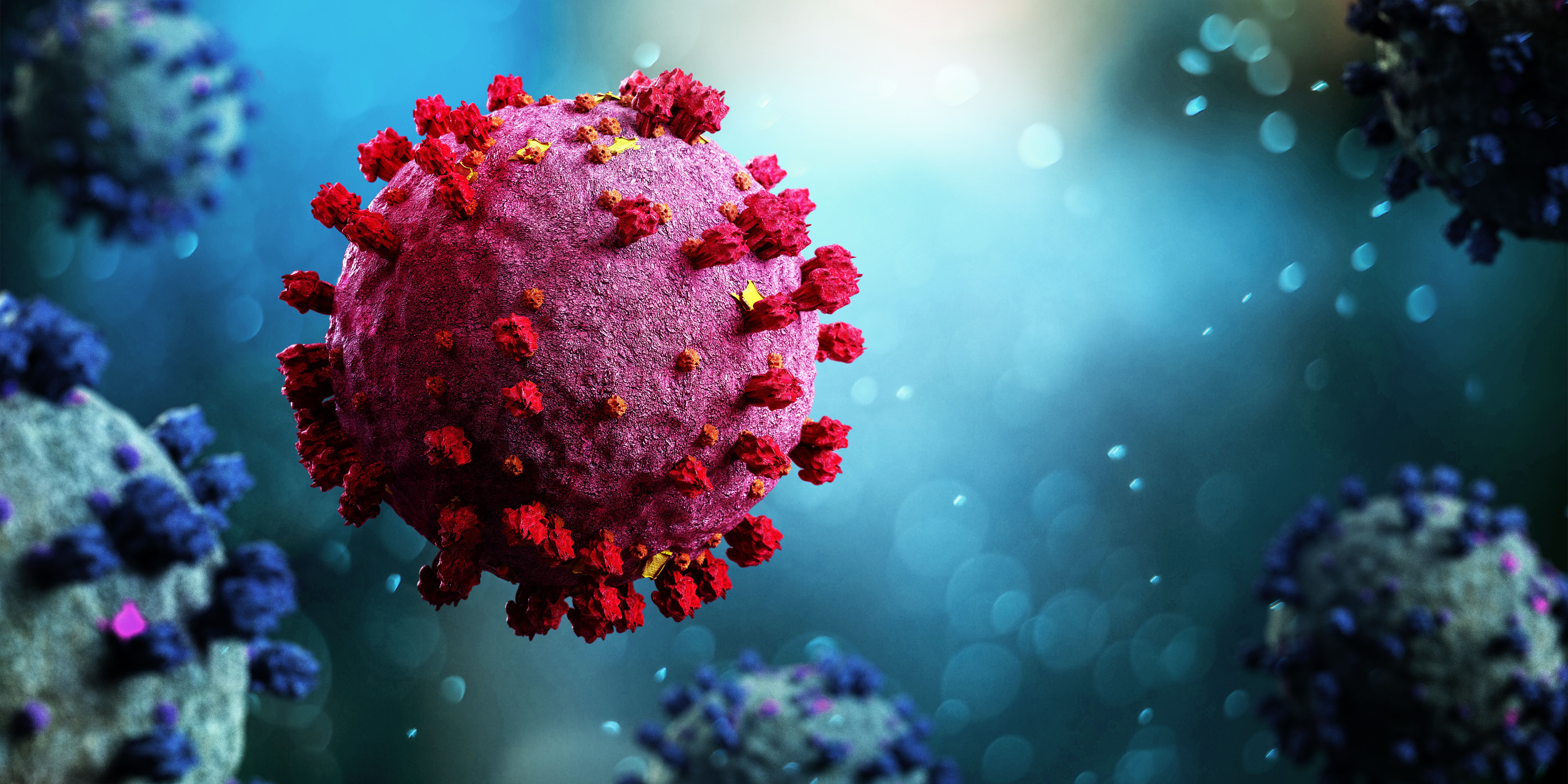Monoclonal Antibody Combination Treatment Not Considered Significantly Effective Against COVID-19
Study shows intramuscular injection may improve treatment success by increasing the speed of drug absorption.
AZD7442, a combination treatment that consists of AZD8895 (tixagevimab) and AZD1061 (cilgavimab), was not significantly more effective than placebo at reducing symptoms of COVID-19, according to the results of a trial program published in JAMA Network Open.
Credit: Ksenia Kirillovykh - stock.adobe.com

“[AZD7442] administered IM to the thigh was safe but neither [intramuscular (IM)] nor [intravenous (IV)] treatment had significant effects on measured symptom outcomes,” the study authors wrote. “Therapeutic options for COVID-19 remain limited.”
Monoclonal antibodies (mAbs) and direct-acting antivirals are considered common therapeutics to combat COVID-19 infection. mAbs—which have been found beneficial for patients at risk of severe COVID-19—are authorized to be delivered via IV injection, although IM injection could improve treatment success by increasing the speed of drug absorption.
AZD7442 combines mAbs AZD8895 and AZD1061, which bind to epitopes on the SARS-CoV-2 spike protein to neutralize SARS-CoV-2 (in vitro) and reduce the activity of several Omicron variants. The current study investigated the safety and efficacy of a single dose of AZD7442 by comparing the method of injection (IV versus IM) and effects compared to placebo in a cohort of symptomatic non-hospitalized adults with early COVID-19.
Investigators examined both agents in a pair of phase 2 randomized clinical trials that were part of the Accelerating COVID-19 Therapeutic Interventions and Vaccines (ACTIV)–2/A5401 program. There were 3 co-primary outcomes: time to symptom improvement through 28 days, nasopharyngeal SARS-CoV-2 RNA below the lower limit of quantification (LLOQ) on days 3, 7, or 14, and grade 3 or higher treatment-emergent adverse events (TEAEs) through 28 days.
In the first study, the team randomized 229 participants to receive 600 mg of IM-administered AZD7442 (300 mg of each mAb injected into the lateral thigh) and compared this to placebo. In the second study, investigators randomized 119 participants to receive 300 mg of IV-administered AZD7442 (150 mg of each mAb) and compared this to placebo.
A single 600 mg IM dose was considered safe but not more effective for symptoms compared to placebo and a similar pattern was observed with a 300 mg IV dose. Compared to placebo, AZD7442 did not reduce time to symptom improvement (IM- or IV-administered), but both achieved equal concentrations by 72 hours.
SARS-CoV-2 RNA was significantly reduced in the 3 days post-IV injection compared to placebo, while IM injection did not significantly reduce SARS-CoV-2 RNA compared to placebo.
“It is possible the more rapid achievement of effective mAb concentrations with IV compared with IM administration could also provide greater protection from disease progression, depending on the timing of treatment,” the study authors wrote.
IM injection still demonstrated a mild antiviral effect. IM and IV treatment also decreased hospitalizations compared to placebo. And while more IM patients experienced nasopharyngeal SARS-CoV-2 RNA below LLOQ at day 7, the effects were not observed on days 3 or 14.
Trial limitations included that primarily, the studies did not evaluate differences in rates of hospitalization or death. There were also delays in creating an effective dose for IM injection, which could impact efficacy, and enrollment into the IV group was truncated, reducing statistical power and the ability to detect signals in primary analyses.
“[AZD7442] produced modest antiviral effects, suggesting potential clinical activity for treatment of SARS-CoV-2 infection,” the authors wrote in the paper.
Reference
Ignacio R, Chew K, Moser C, et al. Safety and Efficacy of Combined Tixagevimab and Cilgavimab Administered Intramuscularly or Intravenously in Nonhospitalized Patients With COVID-19. JAMA Netw Open. 2023. doi:10.1001/jamanetworkopen.2023.10039
